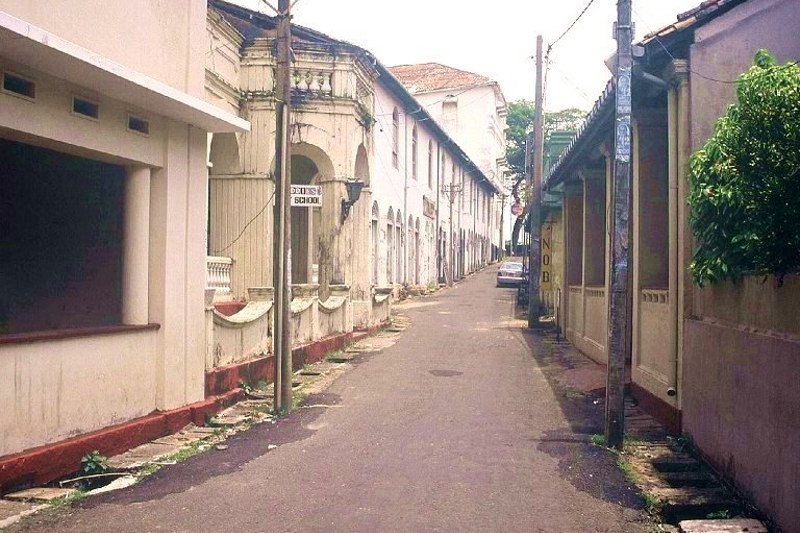The National Museum is Sri Lanka’s oldest museum and has been open to the public since 1877. There is quite a lot here: art, antiques, Buddhist and Hindu bronzes, stone statues, paintings and frescoes, ceramics, antique furniture, masks, and royal objects from the kings of Kandy. I enjoyed the puppet displays the most. The exhibit is in a little room hidden away from the rest of the museum. Here you find puppets from all over the world: England, China, Sri Lanka, Indonesia, Holland, etc. The marionettes and hand puppets had a very eerie quality about them, like they could spring to life at any moment in the hand of the right master.
Sri Lankans have a colourful and well decorated history. They are a very royal people and they are proud of their past. Even small things like ear picks are decorative and elaborate; made with ivory and ornamented with gems. This is Sri Lanka: colourful, bold, elaborate and royal.
Everything passed in a blur after a while: ivory carvings, jewels stolen by the English, masks, boxes, clothes worn by the last kind and queen of Kandy. In 1814 when the English took Kandy they brutalized the royalty. This is evident in their blood stained clothing. The English were cruel enough to rip the jewellery right out of their ear lobes and noses.
On the way back to Rajagiriya I got caught in a sudden downpour, the kind where you are soaking wet in less than a minute. I couldn’t find the right bus and when I did find it, it was very crowded. At first I couldn’t get on and then a bunch of little arms reached out, grabbed me and squished me in with everyone else, like I was being sucked into a gigantic biological being that absorbs other creatures. I couldn’t believe how many people were on the bus. The conductor was yelling at everyone in Sinhalese; he sounded like an auctioneer. The ride seemed to take forever but luckily I recognized the post office. I managed to squeeze myself off the bus and felt like I was popping out of a giant pimple and becoming an individual organism again.
